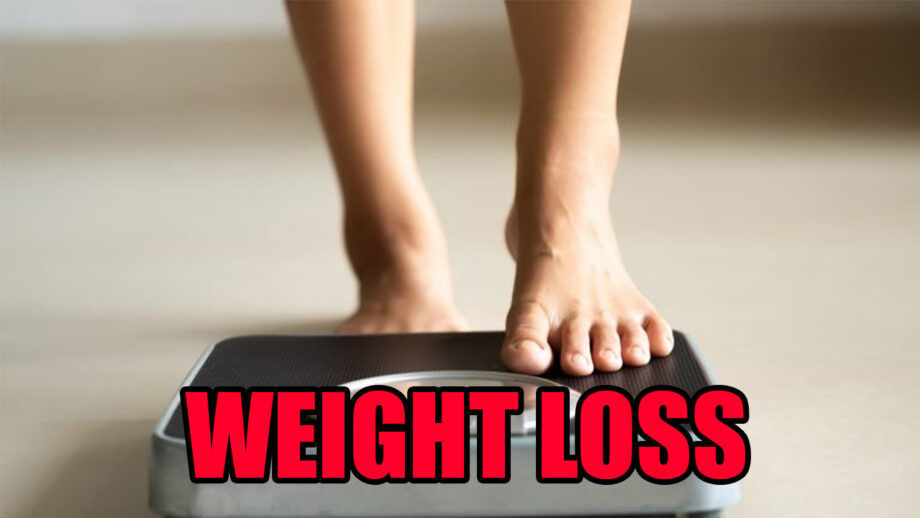The foods associated with weight loss involve nuts, fruits, vegetables, yogurt, and whole grains. Weight gain is by consuming sugar-sweetened fluids, potato chips, potatoes, processed meats, and unprocessed red meats. While it is real that specific beneficial food portions are more expensive. The good news is, for the maximum part, you can eat a healthy diet and attach to your budget simultaneously.
Prepare food at home as much as conceivable, purchase foods when they are in season, and bargain certain items in bulk. You only have to realize what to buy to save money and shed some pounds at the exact time. There are numerous ways to preserve money and eat whole, single-ingredient foods.
1. STICK TO YOUR GROCERY LIST:
Stick to your grocery list when you are purchasing. Purchase the store’s boundary, where the whole, nutritious food is normally located. The store often includes the most processed and unhealthy foods. So you may buy them. Therefore, there are now many great grocery list apps to help you shop. Only some of them can even save special items or share lists among many shoppers. Trying an app is also an incredible way to ensure you don’t miss your list at home.
2. PLAN YOUR MEALS:
Schedule your meals for the entire week and prepare a grocery list. Just buy what you’re confident you will utilize, and dig into what you already have in your cabinets and fridge first.
3. GROW YOUR PRODUCE:
With some time and effort, growing your produce, such as herbs, sprouts, tomatoes, and many more delicious crops, is simple. Seeds are very cheap to buy. Maintaining a constant supply at home saves you money at the mart. And they are also very healthy.
4. COOK AT HOME:
Make it a routine to cook at home instead of eating out at the last moment. Preparing food at home is way more expensive than eating outside. Many find it reasonable to cook for the whole week on weekends, while others like to cook one meal at a time.
5. BUY WHOLE FOODS:
Several foods are way cheaper in a less processed aspect. Whole grains, like oats and brown rice, are also more reasonable per serving than maximum processed cereals. The limited processed foods are also frequently sold in larger quantities, gaining more servings per batch.
6. BUY FROZEN FRUITS AND VEGETABLES:
Frozen berries, fruits, and vegetables are usually just as healthy as their fresh similarities. Frozen goods are great for making smoothies when cooking or as toppings for oatmeal or yogurt.
7. COOK OVER LARGE PORTIONS AND UTILIZE YOUR LEFTOVERS:
Cooking large meals can save you both money and time. Leftovers can be utilized for lunches, in various recipes, or frozen in individual portion sizes to rejoice later on. Leftovers usually bring very good mixtures, salads, stir-fries, and burritos. These varieties of food are particularly great for people on a budget.
8. BUY PRODUCTS THAT ARE IN SEASON:
Food that is in season is generally reasonable and more nutritious. If you purchase too much, refrigerate the rest or integrate it into future meal plans.
9. BUY IN BULK:
Several foods are convenient in bulk for a way lower price. They save a long time in airtight compartments and can be used in various inexpensive, healthy dishes. Grains, such as barley, brown rice, oats, and millet, are all available in bulk.
Enjoy more space at Iwmbuzz!!

